Product Designer vs UX Designer: Role, Skills, & Salary
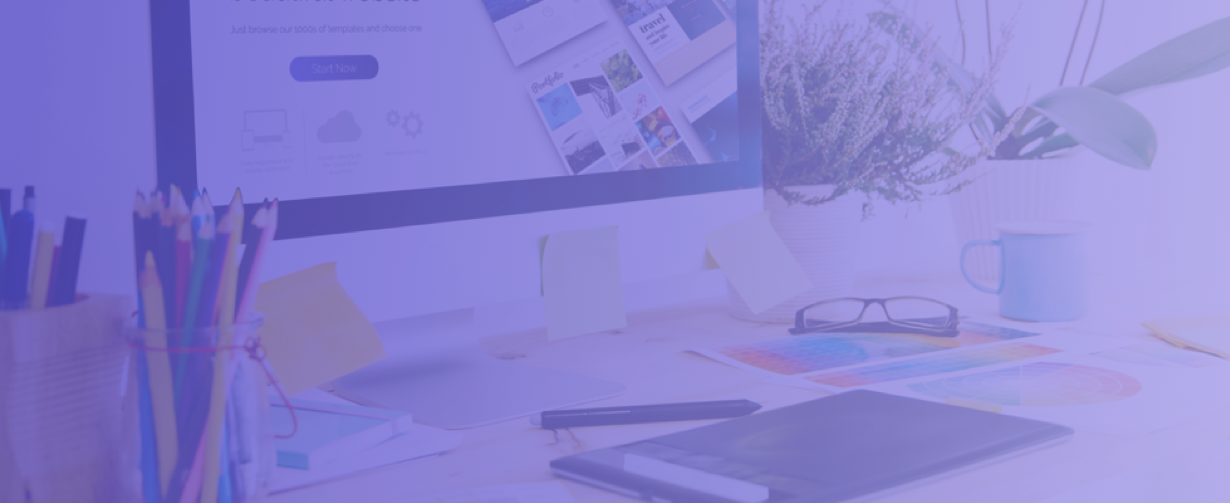
In this article

With similar sounding job descriptions, the roles of UX designer and product designer might seem interchangeable. However, each has its distinct roles and responsibilities. Confused? Don’t worry—this guide will teach you everything you need to know about the two roles and help you determine which might be the best career path for you.
Is There a Difference Between a Product Designer and a UX Designer?
Yes. Product designers focus on the overall process of designing a product, from concept to final release and beyond. UX designers, on the other hand, are focused more on the actual design implementation, and on ensuring that users have the best possible experience when using the product.
Product Designer
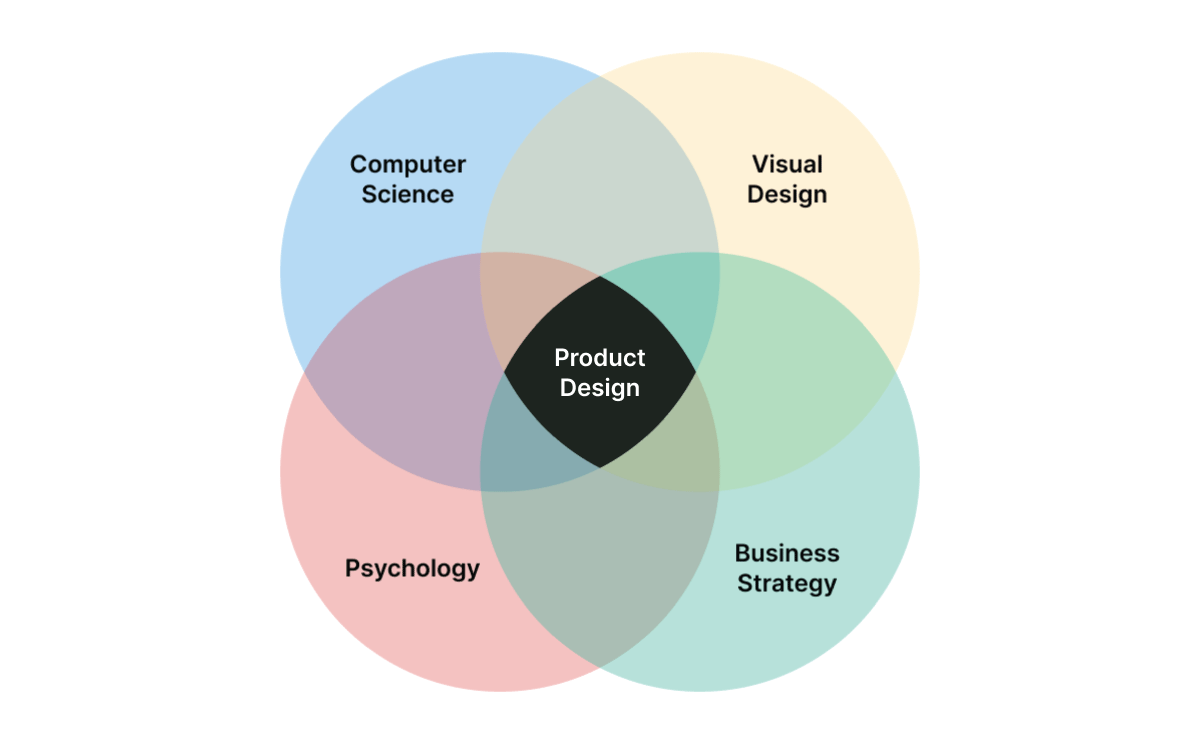
Source: Coding in the Wild
Here’s everything you need to know about being a product designer.
What Is a Product Designer?
Product designers are in charge of the overall design process for a product. This includes everything from the original product concept to the finished product released to the public, as well as updates after the initial release.
What Are the Roles and Responsibilities of a Product Designer?
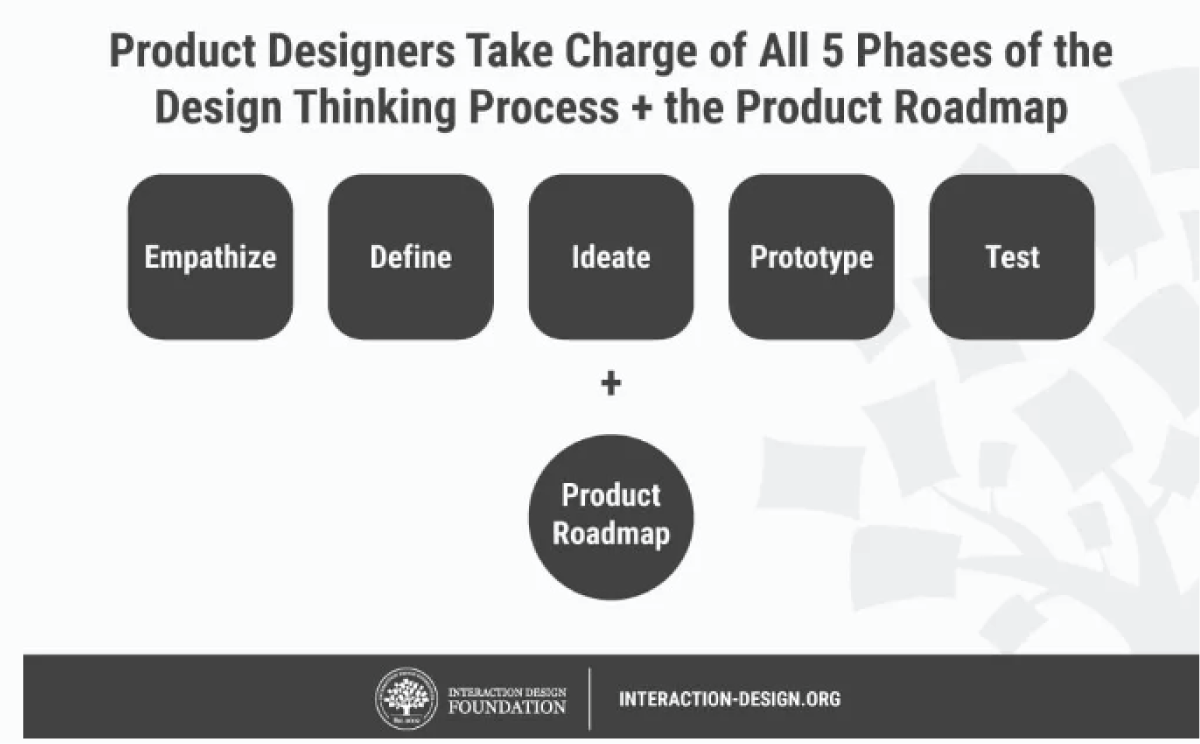
A product designer’s day-to-day responsibilities can include:
- Finding opportunities for new products or new features
- Analyzing how a new product might tie into existing marketing, customer, and business goals
- Specifying design requirements based on briefs from other stakeholders
- Creating and testing prototypes for new products or features
- Improving the design of existing products
- Gathering actionable feedback from product users
- Presenting product design ideas to stakeholders, both internal and external
Depending on the organization, a product designer may primarily do their work at the high-level planning and strategizing stages, and then hand off ideas and specifications to other designers for implementation. Or, they may do many practical design tasks themselves. In either case, the product designer is generally a senior-level designer, so they should be familiar with all phases of the design process and the technology used in each.
Skills Needed To Be Successful in Product Design
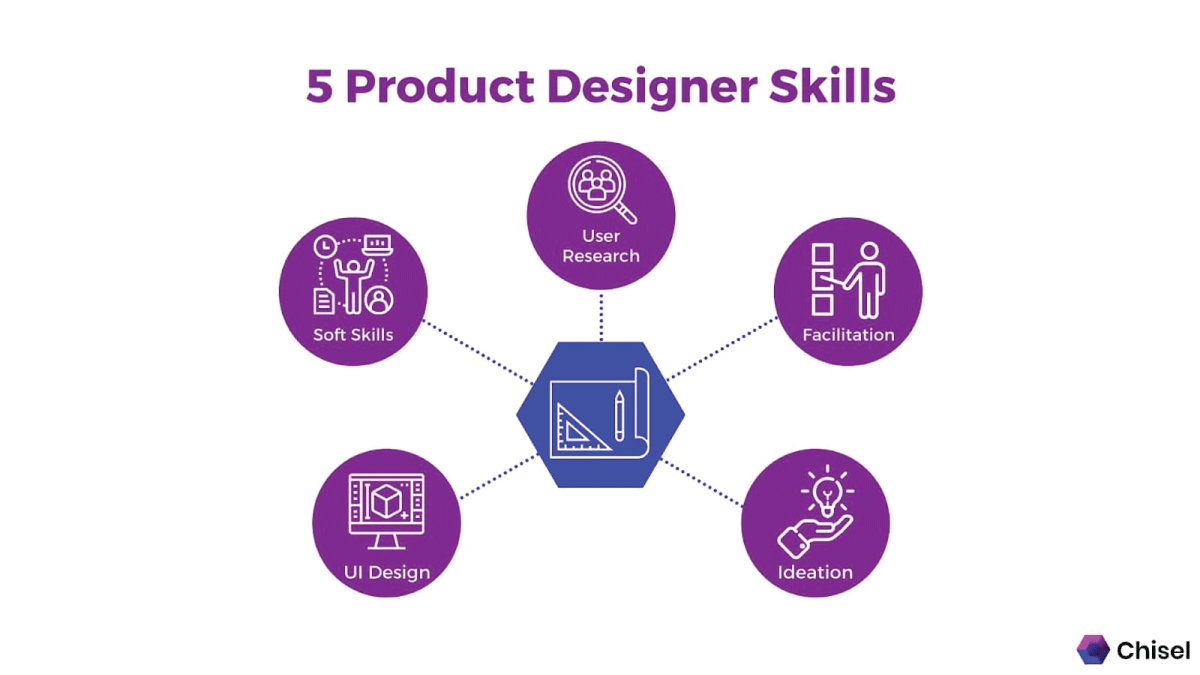
Product designers need to have the following combination of technical and soft skills:
Technical Skills
Product designers need to have a firm understanding of user research, UX writing, wireframing and prototyping, visual design, interaction design, and user testing. They should also have a strong understanding of the principles of design, the design thinking process, and more nuanced design topics like typography and color theory.
Get To Know Other Design Students
Kelly Hart
UX/UI Designer at Perficient
Talayeh Motameni
Senior UX Designer at United Airlines
Yipeng Wang
UX Researcher at Google
Soft Skills
Because product designers work as part of a team, it’s important that they have solid communication and collaboration skills. Above and beyond those skills, product designers need to have a passion for design and for constantly improving both their products and their own skills. They need to be creative problem solvers who are constantly looking for innovative ways to better meet customer needs.
Average Salary for a Product Designer

According to Glassdoor, product designers in the United States make an average of about $105,000 per year in total compensation, but pay varies widely. A new product designer with little to no experience may make closer to $50,000 per year, while a senior product designer with plenty of experience working for a large company may make over $200,000 per year.
What Are the Prerequisites to Landing Your First Job in Product Design?
Many product designers start their careers in other areas of design, commonly UX or UI design. A strong background in UX is generally required and will make a product designer more successful. Designers looking to land their first job as a product designer will want to make sure they have a strong portfolio of work, complete with case studies that share their design process.
Sample Job Description of a Product Designer
Here’s a typical job description for a product designer:
UX Designer
Here’s everything you need to know about being a UX designer.
What Is a UX Designer?
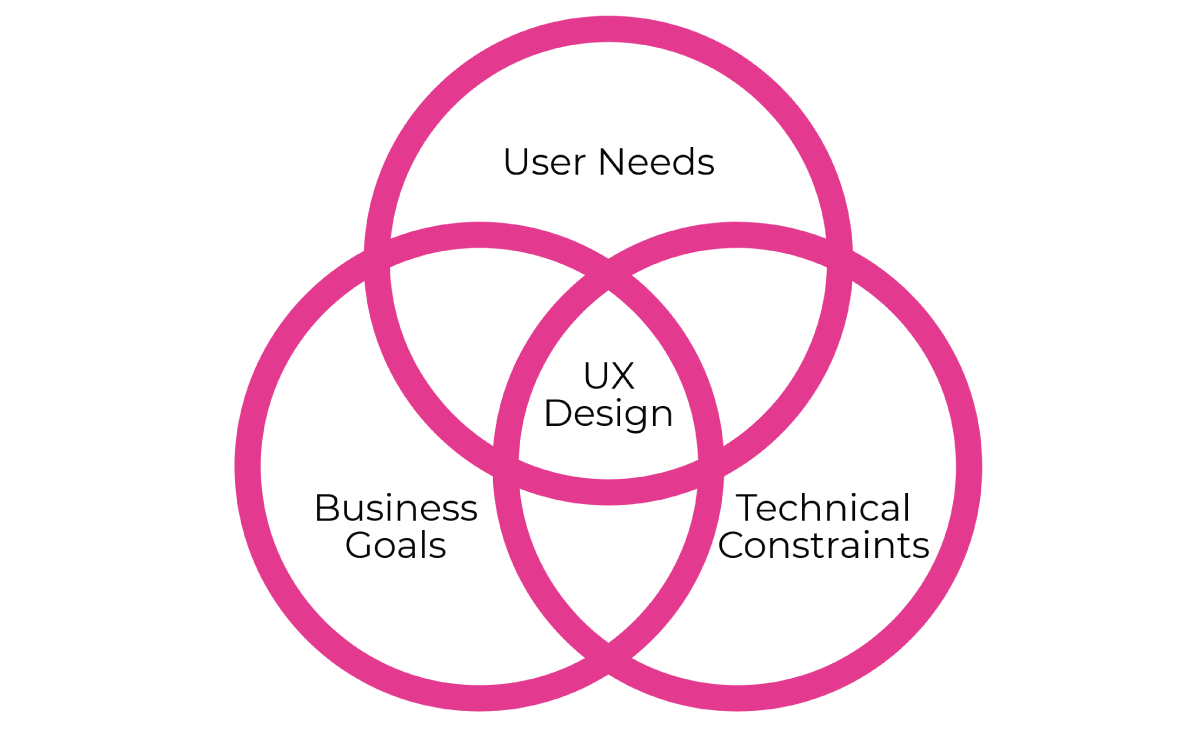
UX designers create products that delight customers and allow them to easily and efficiently achieve their goals. They often work closely with product designers and UI designers when creating products.
What Are the Roles and Responsibilities of a UX Designer?
As with product designers, the exact roles and responsibilities of a UX designer will vary by company. Some UX designers are more akin to generalists and may participate in everything from user research to actually designing the final user interface. In other cases, UX designers may focus primarily on things like wireframes and prototypes, turning over the final design tasks to a UI designer.
A UX designer’s responsibilities may include:
- Conducting user research and user testing
- Creating customer or user journeys
- Creating user personas based on data from user research
- Designing wireframes and prototypes
- Working with UI designers to create finished designs
- Working with developers to ensure products function as intended
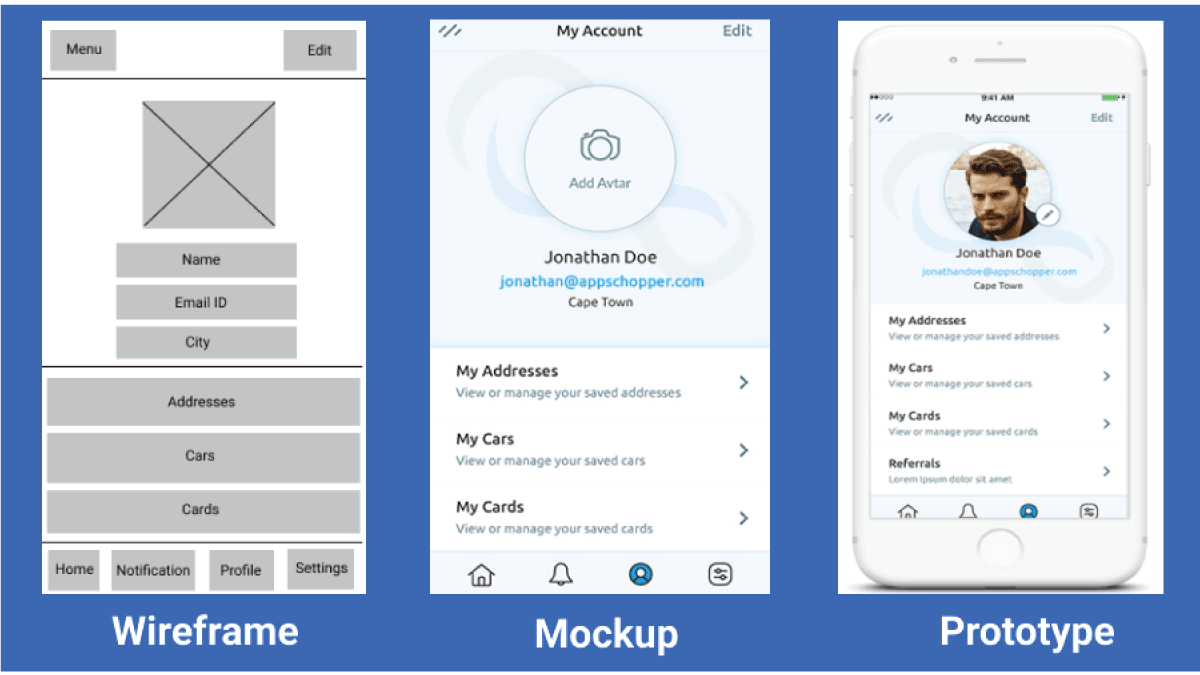
Source: App Chopper
Skills Needed to Be Successful in UX Design
UX designers need to have the following combination of technical and soft skills:
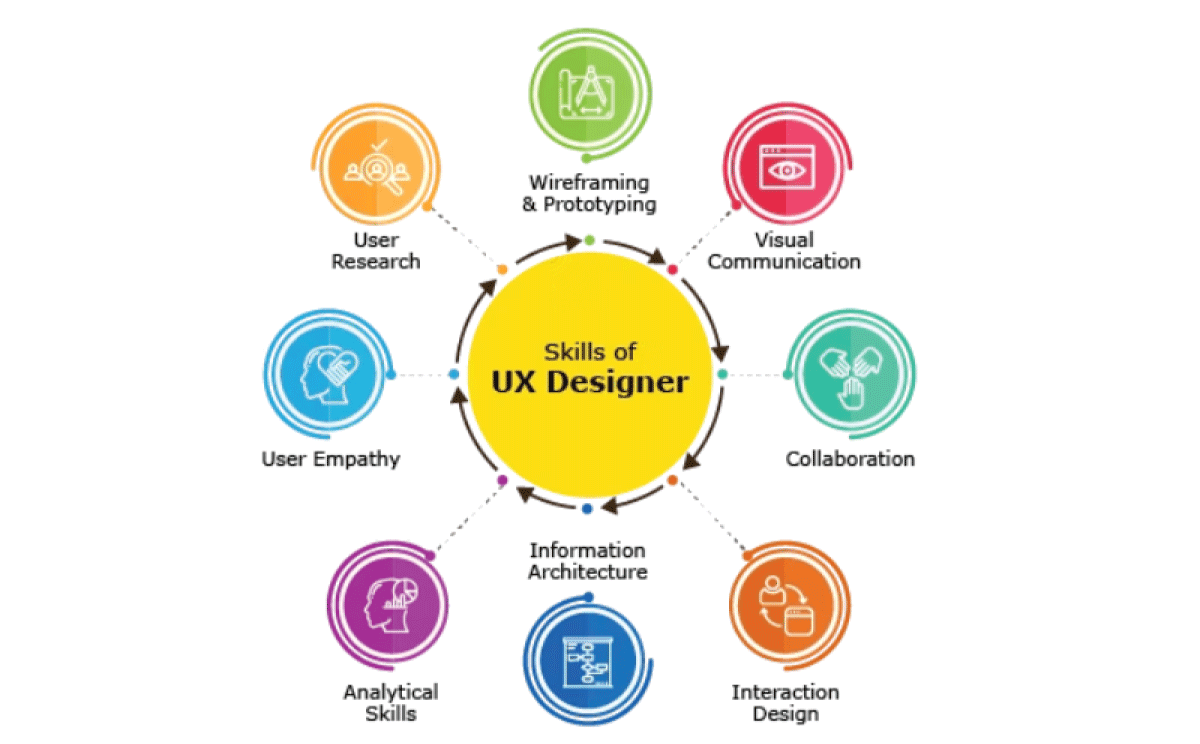
Source: Ramotion
Technical Skills
Because a UX designer’s job can vary from organization to organization, there are a number of technical and soft skills a successful designer will need. On the technical side, they need to have experience using user testing tools, a thorough grasp of wireframing and prototyping tools, and at least basic UI design skills (some UX design positions may require more advanced design skills).
Soft Skills
Many UX designers conduct user research and testing, so it’s important for them to have solid communication skills. They also need a strong understanding of how to interpret and present data from their research, and to make assertions about how a product can best meet the needs presented by users. Whether they’re conducting testing themselves or working with a UX researcher, UX designers absolutely must have a strong understanding of human psychology and how to motivate customers in an ethical way.
UX designers often work as part of a team of other designers and developers, so it’s important to have strong collaboration skills. Creative problem-solving skills are also vital to a successful UX design career. Being able to come up with solutions for customer needs while honoring business goals and available resources is also critical.
Average Salary of a UX Designer
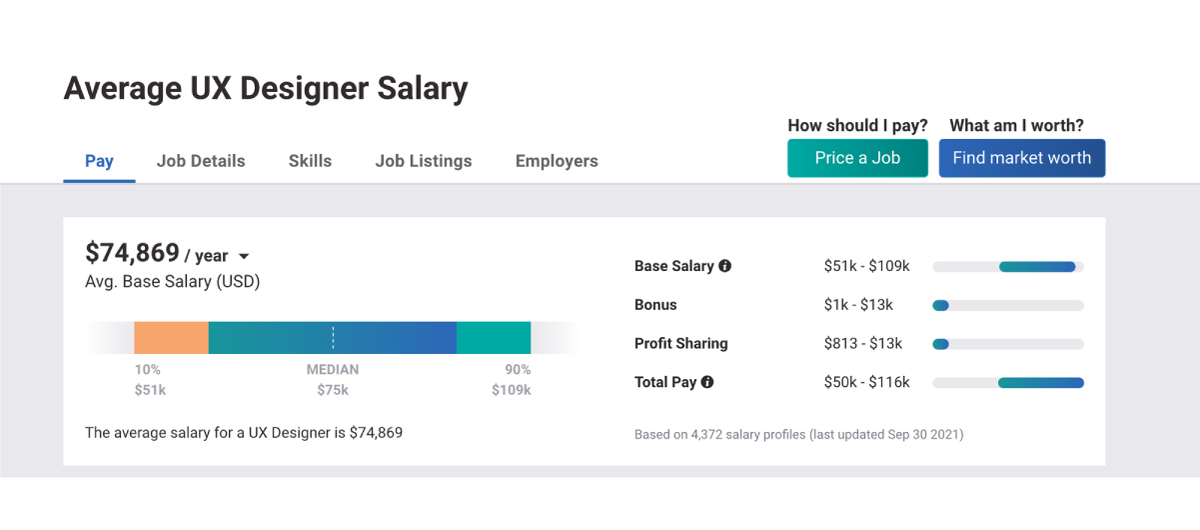
According to Glassdoor, UX designers earn an average total compensation of just under $103,000 in the US. Entry-level UX designers will likely earn a lot less, closer to $58,000. More experienced UX designers at large companies may earn $200,000 or more.
What Are the Prerequisites to Landing Your First Job in UX Design?
If you’re looking for your first job as a UX designer, having a solid UX portfolio is a must. And you should also consider interning for at least a few months if you’re looking to get some experience. Courses or certifications in fields like UX design, data science, UX research, and related subjects can also be very helpful in landing your first job as a UX designer.
Sample Job Description of a UX Designer
Here’s a typical job description for a UX designer:
Source: Indeed
Product Designer vs UX Designer: 5 Key Differences
While there’s a lot of overlap between product design and UX design, there are some key differences.
Objective
A UX designer’s primary objective is to create the best possible user experience. A product designer, on the other hand, takes into account much broader goals, including meeting business and marketing goals. They often have a larger number of stakeholders they work with directly and need to please.
Design
Many UX designers aren’t heavily involved with the final design of a product. Instead, they often focus on the early stages of the design, including wireframing and prototyping. They likely also oversee the completion of the product in order to make sure user needs are being met. Product designers, on the other hand, are involved throughout the design process and may work directly on the final product design or oversee UI designers who complete the design work.
Product Development Cycle
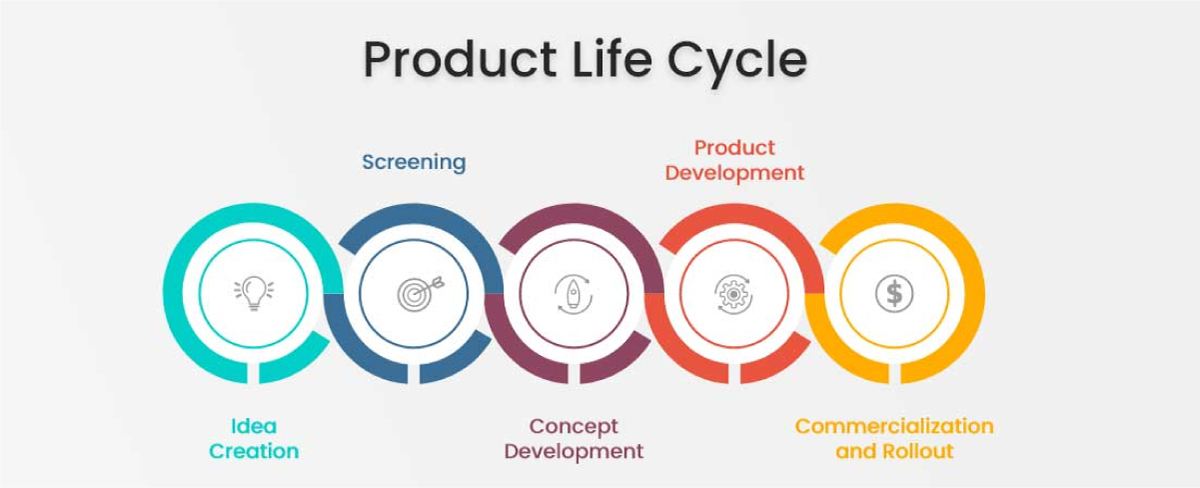
In the product development cycle, UX designers often have a more narrow focus than product designers. A UX designer will focus on the usability and user-friendliness of the product within the development cycle. Product designers go beyond that and are involved in all aspects of the product development cycle, starting from the initial concept through the final product, including having a hand in project management and business-related processes (making business acumen a must-have skill).
Focus
The primary focus for UX designers is to create a product that delights users and has a positive user experience. They want to create products that help customers achieve their goals in an efficient and effective manner. While product designers do this too, they’re more broadly focused on the company’s overall objectives.
Salary
Salary is one area where there isn’t that much difference between UX designers and product designers, at least according to Glassdoor. Both earn an average total compensation of a little over $100,000 in the US, with entry-level positions paying closer to $50-60,000. Granted, different sources offer different figures; some, like Coursera, show that product designers make about 20% more than UX designers on average.
Product Designer vs UX Designer: Which Career Is Right for You?
So how do you decide which career path is right for you? There are a few things to consider when deciding which path to take. The good news, though, is that there is a lot of overlap between product design and UX design, and it’s not uncommon for designers to start in one career and switch to the other at some point.
Interest
The first question to ask yourself is where do your interests lie? If you’re more focused on big-picture planning and strategizing, then product design is likely the better path. If you’re more interested in human psychology and behavior, though, UX design is a clear winner. Consider the different roles within each job, too. If the idea of doing hours of user interviews sounds like torture, then you’re better off as a product designer. If you’re not a fan of finding solutions to please many different stakeholders, then a job as a UX designer might be a better fit.
Skillset and Knowledge
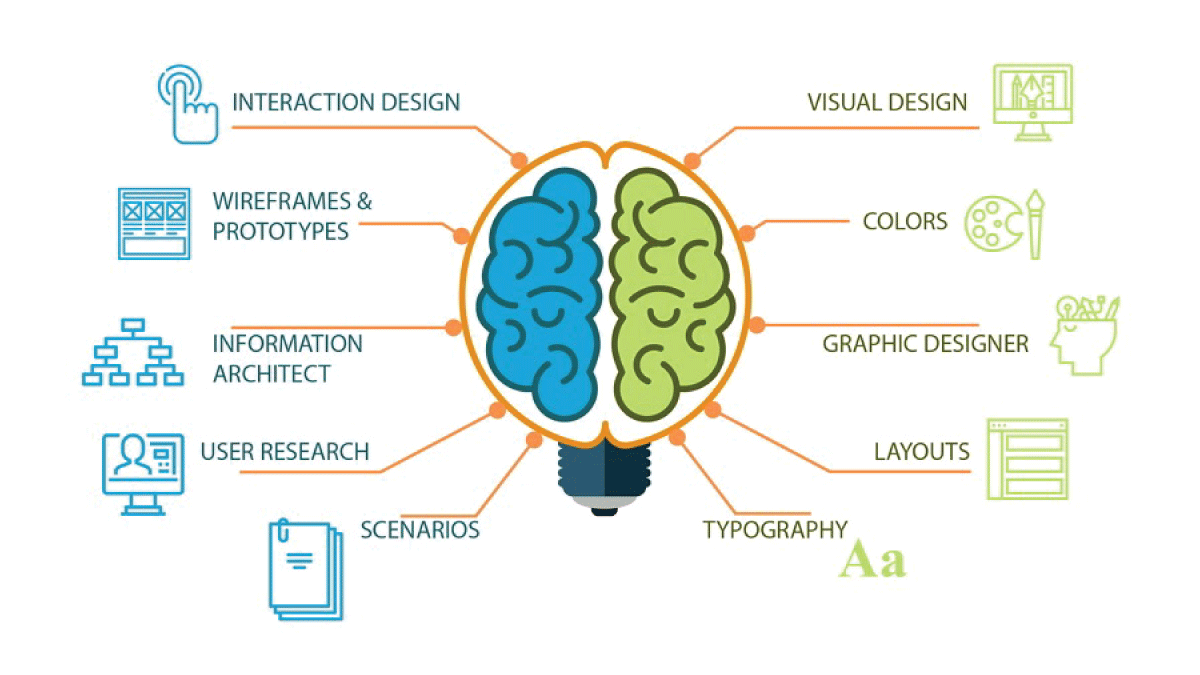
Source: Mockplus
Another thing to assess is how your skillset and knowledge align with each career. As already mentioned, UX designers should be knowledgeable about human psychology. They should also have a strong understanding of how to interpret data, and how to use that data to make design and product decisions. UX designers will also sometimes need to advocate for users when there are conflicts between user needs or problems and company goals.
Product designers, on the other hand, need to be knowledgeable about the entire design process. Because they steer the product design cycle from concept through to the finished product (and future updates), they need expertise in every stage. They also need strong project management skills and the ability to find workable solutions for various stakeholders.
Career Goals
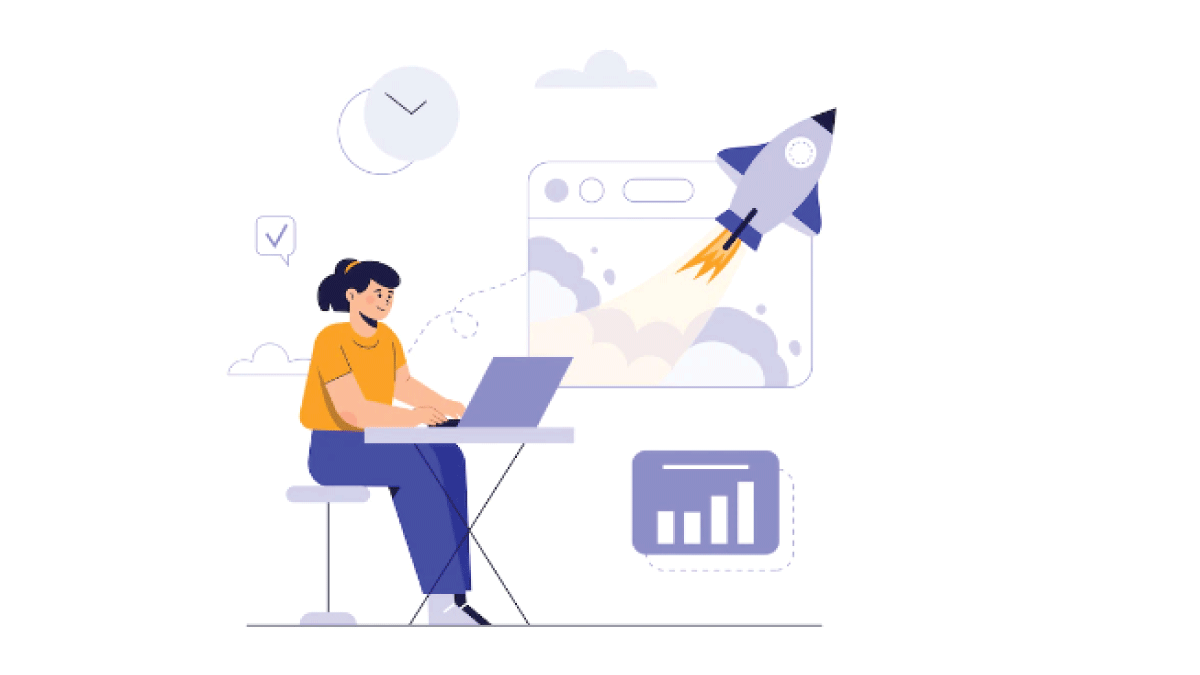
Career goals are an important consideration when choosing your career path. Product designers often serve as team leads or managers. UX designers can also be team leads, but there are plenty of UX job opportunities out there that don’t involve managing others. There are, however, more high-level executive opportunities for product designers, including chief product officer. If a C-level position is on your radar, becoming a product designer offers a more clear-cut path.
Job Outlook and Salary
In terms of job outlook, the demand for both product designers and UX designers is increasing. However, there is more demand for UX designers, with an 18% growth rate (compared to about 4% overall for product designers). The salary range for either career path starts and ends around the same amount, with product designers earning slightly more on average.
FAQs on the Differences Between a Product Designer and a UX Designer
We’ve got the answers to your most frequently asked questions.
Can I Become a UX Designer With a Product Design Degree?
The short answer: absolutely!
A degree in any design-related field will be useful in seeking a UX design job. You may want to supplement your education with some courses or certifications in things like UX research or behavioral psychology to improve your odds of landing your first UX design job.
Do Product Designers Need To Code?
Coding can be a useful skill for product designers, but it’s generally not a job requirement. Understanding how code works and what’s possible can make it easier to work with developers on your team, though.
Do UX Designers Need To Code?
As with product designers, understanding coding and having some basic coding skills can be useful when working with developers. It’s generally not a job requirement, though.
Can You Be Both a UI and UX Designer?
Yes! Many UX designers also do at least some UI design. And UI designers with a strong UX background will create better products in the end. Plenty of companies (especially smaller ones) prefer to hire a UX/UI designer to handle the design process from concept to finished product.
Can You Transition From Graphic Design to UX Design?
Transitioning from graphic design to UX design will likely require you to learn some additional training, but this is a great starting point for a UX design career. When looking for your first UX design job after coming from a graphic design background, make sure you emphasize how you’ve approached graphics projects from the perspective of creating user-friendly designs that help and delight customers.
Cameron Chapman has been working in and writing about the design field for nearly two decades. She’s the author of two books on design and currently serves as Head of Content at Uxcel.
Since you’re here…
Interested in a career in UX design? Rise to the top of the CV pile when you enroll in our UX Bootcamp—you’ll get a UX job or your tuition money back. Take a look at our student reviews and test out our free UX curriculum to get a feel for our style and results. TL;DR: average starting salaries for our students = $85,440. Let’s do this.
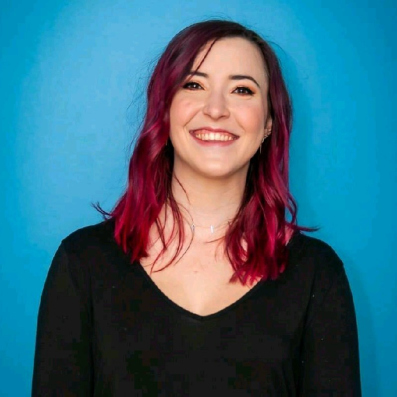


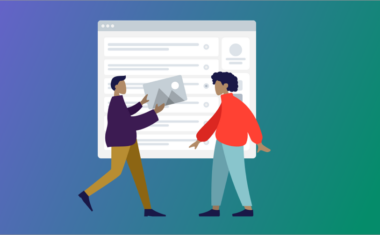

![How To Become a UX Designer in San Francisco [2023 Guide]](jpg/how-to-become-a-ux-designer-in-san-francisco-2023-guide-380x235.jpg)